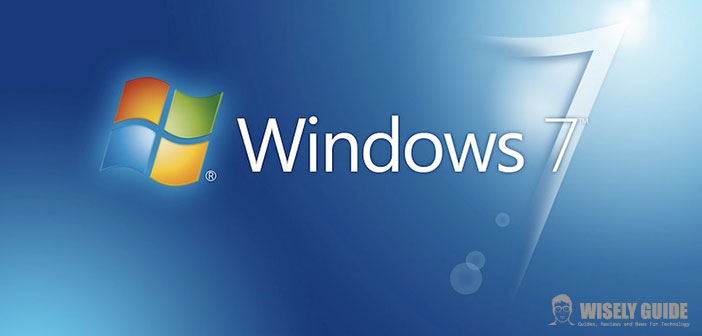The taskbar is a very useful tool for any Windows user, You can launch programs frequently used in an absolutely fast and you can view all the programs that are open at any given time (to name only some of the functionality).
While the default settings of the taskbar are definitely able to satisfy the average user, Windows gives you the possibility to modify and adapt them to your needs or just to their taste. Below in the guide, we will see how to customize the taskbar in Windows 7.
- Access the Start menu and then click on Control Panel; Now go on and finally click Appearance and Personalization Taskbar and Start Menu. This will open a window at this point and from there, you can customize the taskbar.
- First of all, you will find three options: Lock, Hide automatically, Use small icons. Selecting the Lock option, set the taskbar in its specific position on the desktop in order to prevent accidental changes to the size or location. With Auto-hide the task bar will disappear from the desktop every time you are not present with the cursor on it, except reappear when you will support the cursor to the edge of the desktop on the side where the taskbar is located. Use small icons allows you, finally, to see as easy to understand the smaller icons in the system tray.
- Immediately after you have the option to move the taskbar on the different sides of the screen (which you could do well just take selected the bar with the cursor and moving it on the screen, as long as you have not locked) and customize the behavior of the icons. The options that you can choose to configure the behaviors of the icons are three: Combine always, Combine as needed not combine.
- The first makes sure that the icons are displayed without any label and if there are multiple open windows of the same program, they do not generate different icons of the same program, but are compressed into a single button. The second shows the labels next to the icons and multiple windows of the same program are compressed into a single button only if the number of open programs run out of space on the taskbar. The third shows the labels and do not ever compresses the windows of the same program.
- Finally, you can decide whether or not to use Aero Peek, which allows as well summarized in the window displays ” temporarily desktop when you move the mouse over the Show Desktop button at the end of the taskbar. “

